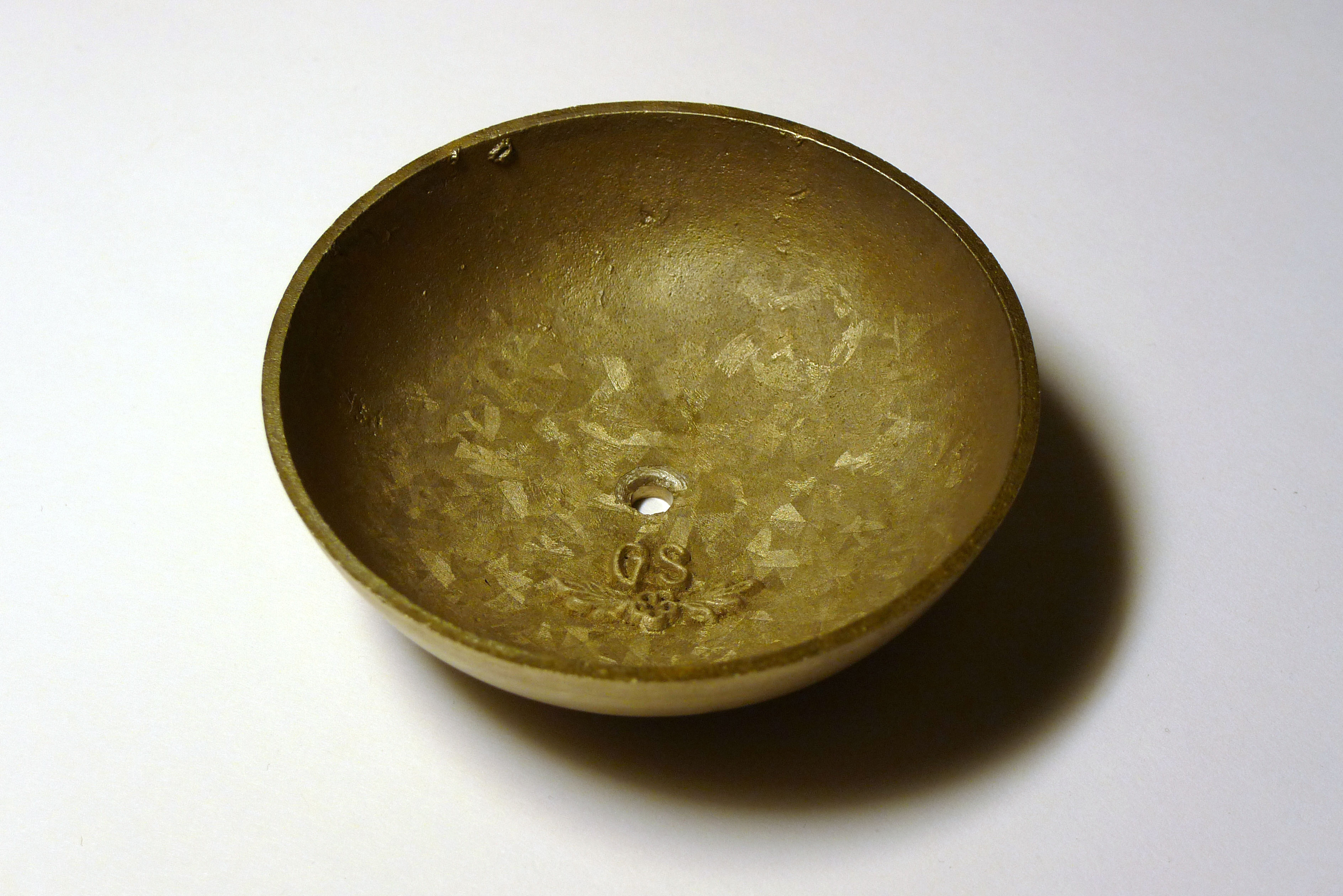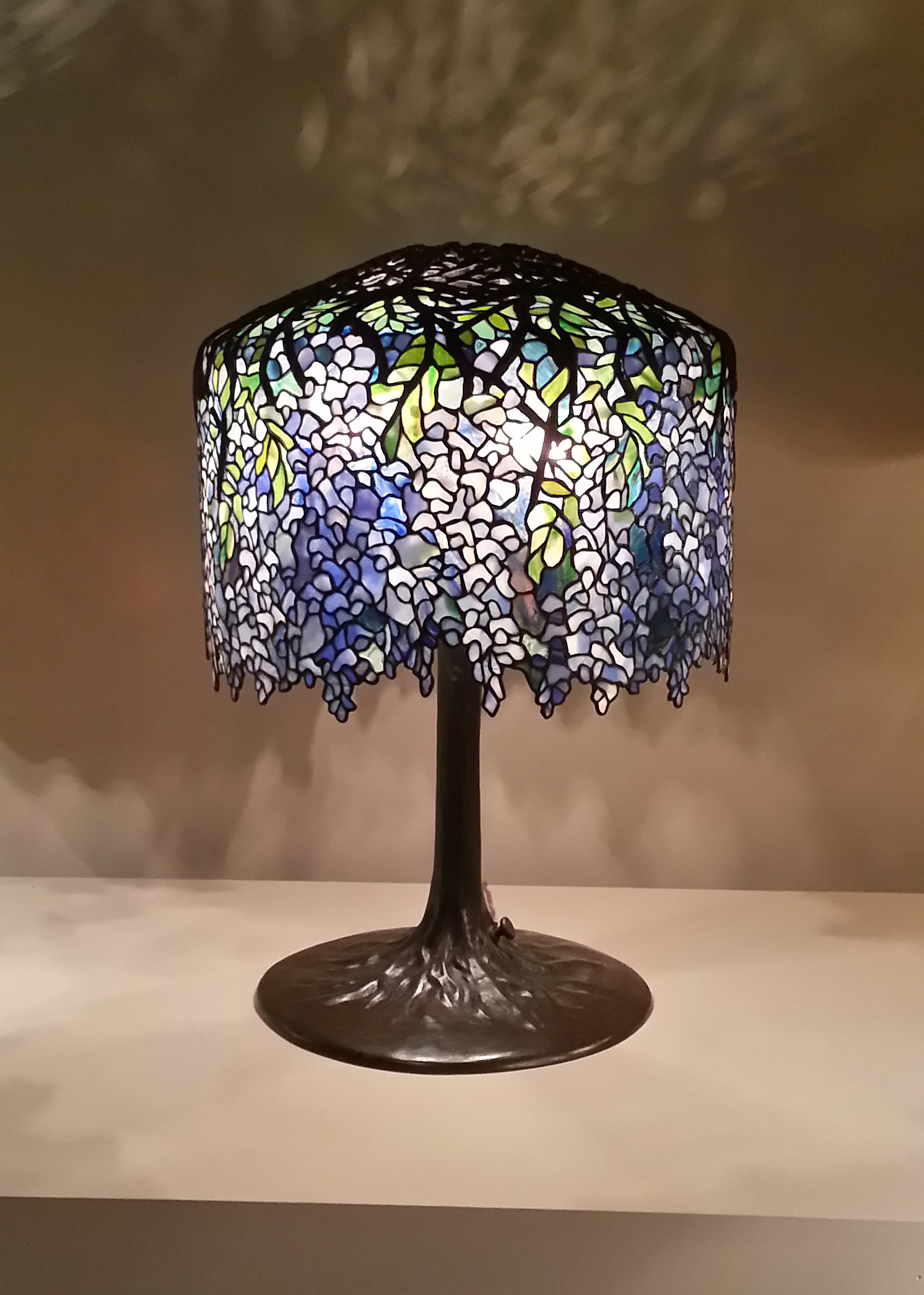|
Monument To Aleksandr Khanzhonkov
The Monument to Aleksandr Khanzhonkov is a bronze statue that is situated at Budyonnovky Prospect and Krasnoarmeyskaya Street intersection, near Marins Park Hotel, in Rostov-on-Don and commemorates Russian cinematographer Aleksandr Khanzhonkov. Statue was made by Rostov-on-Don’s sculptor and academician of Russian Academy of Arts Sergey Oleshnya. and unveiled on 24 August 2016. History Lyubov Surkova first proposed a monument to Khanzhonkov. She contacted the municipal administration and garnered additional support. Decision to memorialize pioneer of Russian cinematography was adopted in early 2016. Soon the work on sketches started – out of two created sketches, one was implemented. Sergey Oleshnya and Yury Yakovlevich Dvornikov were chosen as lead sculptor and creator of the pedestal respectively. Other sculptors and architects also contributed to the creation of the monument. The statue is situated in front of the Alekseevskaya gymnasium where Aleksandr Khanzhonkov studied ... [...More Info...] [...Related Items...] OR: [Wikipedia] [Google] [Baidu] |
Bronze
Bronze is an alloy consisting primarily of copper, commonly with about 12–12.5% tin and often with the addition of other metals (including aluminium, manganese, nickel, or zinc) and sometimes non-metals (such as phosphorus) or metalloids (such as arsenic or silicon). These additions produce a range of alloys some of which are harder than copper alone or have other useful properties, such as strength, ductility, or machinability. The archaeological period during which bronze was the hardest metal in widespread use is known as the Bronze Age. The beginning of the Bronze Age in western Eurasia is conventionally dated to the mid-4th millennium BCE (~3500 BCE), and to the early 2nd millennium BCE in China; elsewhere it gradually spread across regions. The Bronze Age was followed by the Iron Age, which started about 1300 BCE and reaching most of Eurasia by about 500 BCE, although bronze continued to be much more widely used than it is in modern times. Because historica ... [...More Info...] [...Related Items...] OR: [Wikipedia] [Google] [Baidu] |
Aleksandr Khanzhonkov
Aleksandr Alekseevich Khanzhonkov ( rus, Александр Алексеевич Ханжонков, p=ɐlʲɪˈksandr ɐlʲɪˈksʲejɪvʲɪtɕ xənˈʐonkəf; — 26 September 1945) was a pioneering Russian Empire, Russian''Peter Rollberg (2016)''Historical Dictionary of Russian and Soviet Cinema — Rowman & Littlefield, p. 366 cinema entrepreneur, film director and screenwriter. He is known for producing ''Defence of Sevastopol'', Russia's first feature film, as well as Ladislas Starevich's ground-breaking stop motion animation. Most of his career was in Russian Empire. During 1923-1926 he worked in the Soviet Union, where his career ended with a financial scandal, however his past achievements earned him a personal pension and an apartment from the state. Early years Khanzhonkov was born in the small village of Khanzhonkova of the Don Host Oblast (modern-day Makiivka, Donetsk Oblast) into a Russian nobility, noble family of Don Cossacks. His father Alexei Petrovich Khanzhonk ... [...More Info...] [...Related Items...] OR: [Wikipedia] [Google] [Baidu] |
Bronze Statue
Bronze is an alloy consisting primarily of copper, commonly with about 12–12.5% tin and often with the addition of other metals (including aluminium, manganese, nickel, or zinc) and sometimes non-metals (such as phosphorus) or metalloids (such as arsenic or silicon). These additions produce a range of alloys some of which are harder than copper alone or have other useful properties, such as strength, ductility, or machinability. The archaeological period during which bronze was the hardest metal in widespread use is known as the Bronze Age. The beginning of the Bronze Age in western Eurasia is conventionally dated to the mid-4th millennium BCE (~3500 BCE), and to the early 2nd millennium BCE in China; elsewhere it gradually spread across regions. The Bronze Age was followed by the Iron Age, which started about 1300 BCE and reaching most of Eurasia by about 500 BCE, although bronze continued to be much more widely used than it is in modern times. Because historical artwork ... [...More Info...] [...Related Items...] OR: [Wikipedia] [Google] [Baidu] |
Rostov-on-Don
Rostov-on-Don is a port city and the administrative centre of Rostov Oblast and the Southern Federal District of Russia. It lies in the southeastern part of the East European Plain on the Don River, from the Sea of Azov, directly north of the North Caucasus. The southwestern suburbs of the city lie above the Don river delta. Rostov-on-Don has a population of over one million people and is an important cultural, educational, economic and logistical centre of Southern Russia. History Early history From ancient times, the area around the mouth of the Don River has held cultural and commercial importance. Ancient indigenous inhabitants included the Scythian and Sarmatian tribes. It was the site of Tanais, an ancient Greek colony, Fort Tana under the Genoese, and Fort Azak in the time of the Ottoman Empire. In 1749, a custom house was established on the Temernik River, a tributary of the Don, by edict of the Empress Elizabeth, the daughter of Peter the Great, in orde ... [...More Info...] [...Related Items...] OR: [Wikipedia] [Google] [Baidu] |
Cinematographer
The cinematographer or director of photography (sometimes shortened to DP or DOP) is the person responsible for the recording of a film, television production, music video or other live-action piece. The cinematographer is the chief of the camera and light film crew, crews working on such projects. They would normally be responsible for making artistic and technical decisions related to the image and for selecting the camera, film stock, photographic lens, lenses, filter (photography), filters, etc. The study and practice of this field are referred to as ''cinematography''. The cinematographer is a subordinate of the film director, director, tasked with capturing a scene in accordance with the director's vision. Relations between the cinematographer and director vary. In some instances, the director will allow the cinematographer complete independence, while in others, the director allows little to none, even going so far as to specify exact camera placement and lens selection. Suc ... [...More Info...] [...Related Items...] OR: [Wikipedia] [Google] [Baidu] |
Russian Academy Of Arts
Russian Academy of Arts (RAA / rus. РАХ, Росси́йская акаде́мия худо́жеств) is the State scientific Institution of Russian Federation, eligible heir to the USSR Academy of Arts. A founder of RAA is the Government of the Russian Federation. Academic system of art education Art education is one of the main aspects of the Russian Academy of Arts activity. Membership Members of the Russian Academy of Arts include Full Members, Corresponding Members, Honorary Members and Foreign Members. The Government of Russia determines the number of members and the Academy Assembly has the right to elect them. Elections should be held at least once in 3 years. References External links Official site Academies of arts Russian National Academies European Academy of Sciences and Arts 1757 establishments in the Russian Empire {{art-org-stub ... [...More Info...] [...Related Items...] OR: [Wikipedia] [Google] [Baidu] |
Film Studio
A film studio (also known as movie studio or simply studio) is a major entertainment company that makes films. Today, studios are mostly financing and distribution entities. In addition, they may have their own studio facility or facilities; however, most firms in the entertainment industry have never had their own studios, but have rented space from other companies instead. Day-to-day filming operations are generally handled by a production company subsidiary. Another type of company is an independently owned studio facility, which does not produce motion pictures by itself; such facilities only sell studio space. Beginnings In 1893, Thomas Edison built the first movie studio in the United States: he constructed the Black Maria, a tarpaper-covered structure near his laboratories in West Orange, New Jersey, and he asked circus, vaudeville, and dramatic actors to perform for the camera. He distributed these movies at vaudeville theaters, penny arcades, wax museums, and fair ... [...More Info...] [...Related Items...] OR: [Wikipedia] [Google] [Baidu] |
2016 Sculptures
Sixteen or 16 may refer to: *16 (number) *one of the years 16 BC, AD 16, 1916, 2016 Films * '' Pathinaaru'' or ''Sixteen'', a 2010 Tamil film * ''Sixteen'' (1943 film), a 1943 Argentine film directed by Carlos Hugo Christensen * ''Sixteen'' (2013 Indian film), a 2013 Hindi film * ''Sixteen'' (2013 British film), a 2013 British film by director Rob Brown Music * The Sixteen, an English choir * 16 (band), a sludge metal band * Sixteen (Polish band), a Polish band Albums * ''16'' (Robin album), a 2014 album by Robin * 16 (Madhouse album), a 1987 album by Madhouse * ''Sixteen'' (album), a 1983 album by Stacy Lattisaw *''Sixteen'' , a 2005 album by Shook Ones * ''16'', a 2020 album by Wejdene Songs * "16" (Sneaky Sound System song), 2009 * "Sixteen" (Thomas Rhett song), 2017 * "Sixteen" (Ellie Goulding song), 2019 *" Six7een", by Hori7on, 2023 *"16", by Craig David from ''Following My Intuition'', 2016 *"16", by Green Day from ''39/Smooth'', 1990 *"16", by Highly Suspect f ... [...More Info...] [...Related Items...] OR: [Wikipedia] [Google] [Baidu] |
2016 Establishments In Russia
Sixteen or 16 may refer to: *16 (number) *one of the years 16 BC, AD 16, 1916, 2016 Films * ''Pathinaaru'' or ''Sixteen'', a 2010 Tamil film * ''Sixteen'' (1943 film), a 1943 Argentine film directed by Carlos Hugo Christensen * Sixteen (2013 Indian film), ''Sixteen'' (2013 Indian film), a 2013 Hindi film * Sixteen (2013 British film), ''Sixteen'' (2013 British film), a 2013 British film by director Rob Brown Music *The Sixteen, an English choir *16 (band), a sludge metal band *Sixteen (Polish band), a Polish band Albums *16 (Robin album), ''16'' (Robin album), a 2014 album by Robin * 16 (Madhouse album), a 1987 album by Madhouse *Sixteen (album), ''Sixteen'' (album), a 1983 album by Stacy Lattisaw *''Sixteen'' , a 2005 album by Shook Ones (band), Shook Ones * ''16'', a 2020 album by Wejdene Songs *16 (Sneaky Sound System song), "16" (Sneaky Sound System song), 2009 *Sixteen (Thomas Rhett song), "Sixteen" (Thomas Rhett song), 2017 *Sixteen (Ellie Goulding song), "Sixteen" (Elli ... [...More Info...] [...Related Items...] OR: [Wikipedia] [Google] [Baidu] |
Bronze Sculptures In Russia
Bronze is an alloy consisting primarily of copper, commonly with about 12–12.5% tin and often with the addition of other metals (including aluminium, manganese, nickel, or zinc) and sometimes non-metals (such as phosphorus) or metalloids (such as arsenic or silicon). These additions produce a range of alloys some of which are harder than copper alone or have other useful properties, such as strength, ductility, or machinability. The archaeological period during which bronze was the hardest metal in widespread use is known as the Bronze Age. The beginning of the Bronze Age in western Eurasia is conventionally dated to the mid-4th millennium BCE (~3500 BCE), and to the early 2nd millennium BCE in China; elsewhere it gradually spread across regions. The Bronze Age was followed by the Iron Age, which started about 1300 BCE and reaching most of Eurasia by about 500 BCE, although bronze continued to be much more widely used than it is in modern times. Because historical artworks w ... [...More Info...] [...Related Items...] OR: [Wikipedia] [Google] [Baidu] |
Outdoor Sculptures In Rostov-on-Don
Outdoor(s) may refer to: *Wilderness *Natural environment *Outdoor cooking *Outdoor education *Outdoor equipment *Outdoor fitness *Outdoor literature *Outdoor recreation *Outdoor Channel, an American pay television channel focused on the outdoors * See also * * * ''Out of Doors'' (Bartók) *Field (other) *Outside (other) Outside or Outsides may refer to: * Wilderness Books and magazines * ''Outside'', a book by Marguerite Duras * ''Outside'' (magazine), an outdoors magazine Film, theatre and TV * Outside TV (formerly RSN Television), a television network * ' ... *'' The Great Outdoors (other)'' {{disambiguation ... [...More Info...] [...Related Items...] OR: [Wikipedia] [Google] [Baidu] |




